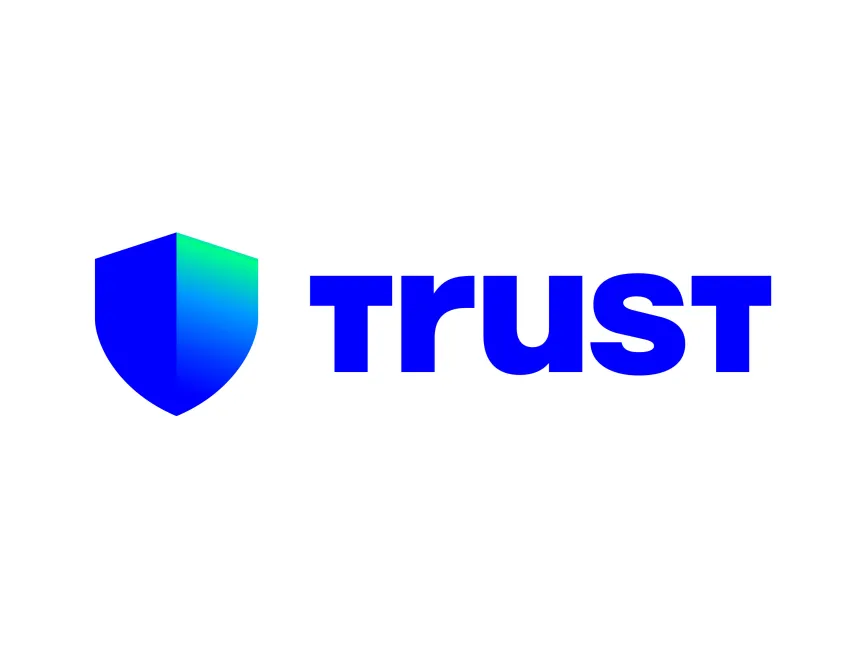Okay, so check this out—DeFi today looks like a messy buffet. Wow! You can be on Ethereum one minute, then on BNB Chain, then hopping to Polygon or Arbitrum for a yield farm that pays in a token you barely recognize. My instinct said this would simplify over time. Actually, wait—let me rephrase that: I thought tooling would catch up faster. On one hand tooling has improved, though actually many gaps remain, especially when you try to manage risk across chains while still signing transactions fast enough to seize opportunities.
Here’s what bugs me about the status quo. Short-term trades move at lighting speed, and wallet UX often makes signing feel like Russian roulette. Whoa! The basic truth is simple: you need clear visibility, tight signing hygiene, and cross-chain context. Sounds obvious, right? But in practice somethin’ gets lost between the RPC, the token approval dialog, and the bridge you trusted last week.
I’ll be honest—I’ve lost small amounts to careless approvals before. Really? Yep. That gut-sink feeling is a good teacher. Initially I thought a single wallet per chain was enough, but then I realized that segregation by risk profile (hot wallet vs. cold vault) matters more than I expected. On top of that, portfolio tracking requires consolidating balances from different chains, which is easier said than done because of token wrapping and native vs. ERC-20 equivalents.

Mục Lục
Practical rules for portfolio visibility and control
First rule: separate the everyday from the serious. Short-term trading belongs in a small hot wallet. Long-term holdings should live in a different address or hardware-backed vault. Seriously? Yes. That reduces blast radius when approvals go sideways. Second rule: minimize token approvals. Medium-sized transactions deserve a review. Approve only the exact amount when possible, and revoke never-used allowances. Third: track all positions across chains—deposits, staked balances, LP tokens—so you know where your liquidity actually sits.
Okay, a little tool talk—browser extensions remain the fastest way to sign many dApps, but choose one that gives clear chain context in every confirmation popup. If you prefer a browser-based flow, try the trust wallet extension for multi-chain access and straightforward UX. Hmm… that felt like plugging a favorite product, but I use it because it handles multiple EVM-compatible chains cleanly and keeps the signing dialogs readable. (oh, and by the way…) Pairing with a hardware device helps too—some extensions let you combine the convenience of a browser wallet with on‑device signing.
Gas strategy matters. Short sentences help here. Monitor base fees and expected confirmation times. When moving funds between chains, think like a market maker: the bridge you choose, the token’s liquidity on the destination chain, and the intermediate wrapping steps all affect slippage and final value. Longer thought: if you route incorrectly you can lose value through multiple bridges and wrap-unwrapping steps, or get your tokens stuck waiting for a relayer—so plan the entire transaction path before you sign anything.
Transaction signing best practices—quick checklist. One: read every permission prompt. Two: avoid arbitrary “Unlimited” approvals unless you’re absolutely sure. Three: when a dApp requests EIP‑712 domain-signed messages, inspect the domain and the payload; these typed-data signatures are powerful and can grant sweeping rights. Four: keep a small amount of native chain token (ETH, BNB, MATIC) on each chain to pay gas. Five: batch where possible—many chains and wallets support batched transactions or contract-level batching which saves fees and reduces signature overhead.
Cross-chain portfolio tracking tips that actually work. Use on-chain explorers and portfolio aggregators but treat them as approximations. They miss wrapped positions, vault-specific accounting, and sometimes show stale prices. Medium-length thought: run your own check by querying contract balances for LP tokens and then converting to underlying assets using on-chain reserves—this is what a pro would do when accuracy matters. Long thought: build a small spreadsheet that pulls contract read calls for your most important positions; it takes time but gives you clearer reconciliation than a dashboard that aggregates via APIs you don’t fully control.
Risk management—don’t glamorize yield. High APY often hides high smart-contract risk. Whoa! Remember rug risks, admin keys, and upgradeable proxies with privileged functions. On one hand the yield is tempting; on the other hand there’s often a centralized admin watching your funds. My rule: if you can’t read the contract’s important functions in a few minutes, treat the project as high risk. Also, diversify across protocols and chains. Correlated hacks happen when many teams use the same auditing firm or common libraries.
UX quirks that affect safety. Short sentence. Browser extension UI sometimes truncates destination addresses. Medium sentence to explain why: that truncation hides whether you’re interacting with a smart contract vs. a simple token transfer. Longer sentence with detail: if the extension doesn’t show the actual contract address being called (or the method signature in a human-friendly way), then you’re signing in the dark—and repeated exposure teaches complacency, which is dangerous in DeFi.
Common questions I get from multi‑chain users
How do I keep portfolio balance info accurate across chains?
Use a mix of automated aggregators and manual checks. Short-term: add each chain’s native token to the same watchlist so you can see balances quickly. Medium-term: audit your LP positions by querying pair contracts to calculate underlying assets. Long-term: consider a small script that pulls on-chain reserves and computes your share each day to prevent surprises.
Is it safe to approve contracts in a browser extension?
Generally yes, with caveats. Approve only known contracts or well-audited protocols. Reduce allowance amounts when you can, and revoke unused allowances periodically. If you need extra safety, route high-value operations through a hardware wallet paired with the extension.
What about bridging funds—any quick rules?
Choose well-known bridges when possible, and watch for delay windows and finality differences. Keep transfer sizes reasonable, and test with a small amount first. If a bridge involves a delay or custodian, account for counterparty risk; if it’s a trustless liquidity pool bridge, check slippage and on-chain liquidity before moving large sums.

TS.BS Vũ Trường Khanh có thế mạnh trong điều trị một số bệnh Gan mật như:
- Gan nhiễm mỡ
- Viêm gan do rượu
- Xơ gan
- Ung thư gan…
Kinh nghiệm
- Trưởng khoa Tiêu hóa – Bệnh viện Bạch Mai
- Thành viên Ban thường trực Liên chi hội Nội soi tiêu hóa Việt Nam
- Bác sĩ đầu tiên của Khoa Tiêu hoá ứng dụng phương pháp bắn tiêm xơ tĩnh mạch trong điều trị xơ gan mạn tính
- Bác sĩ Vũ Trường Khanh tham gia tư vấn về bệnh Gan trên nhiều kênh báo chí uy tín: VOV, VnExpress, cafeF…
- Các kiến thức về thuốc điều trị viêm gan hiệu quả



